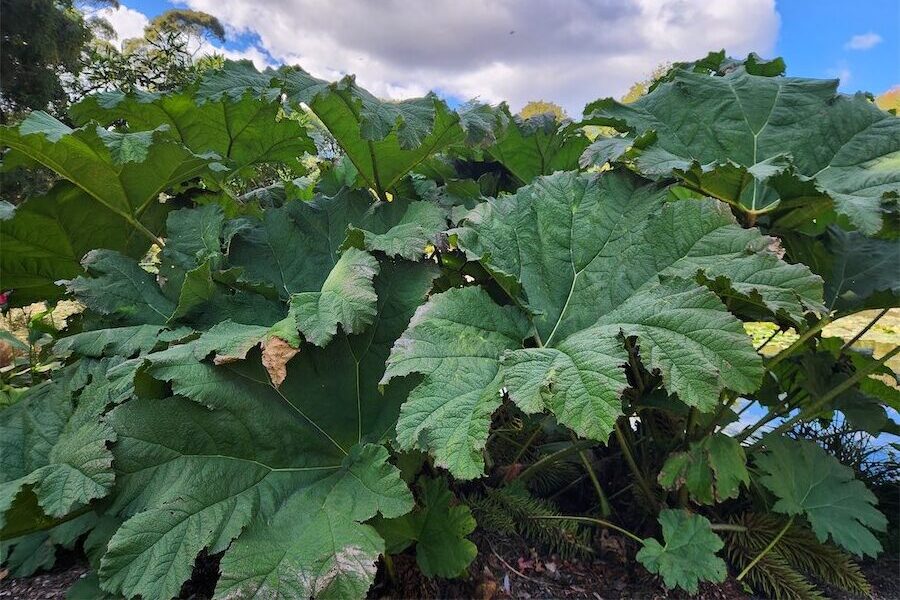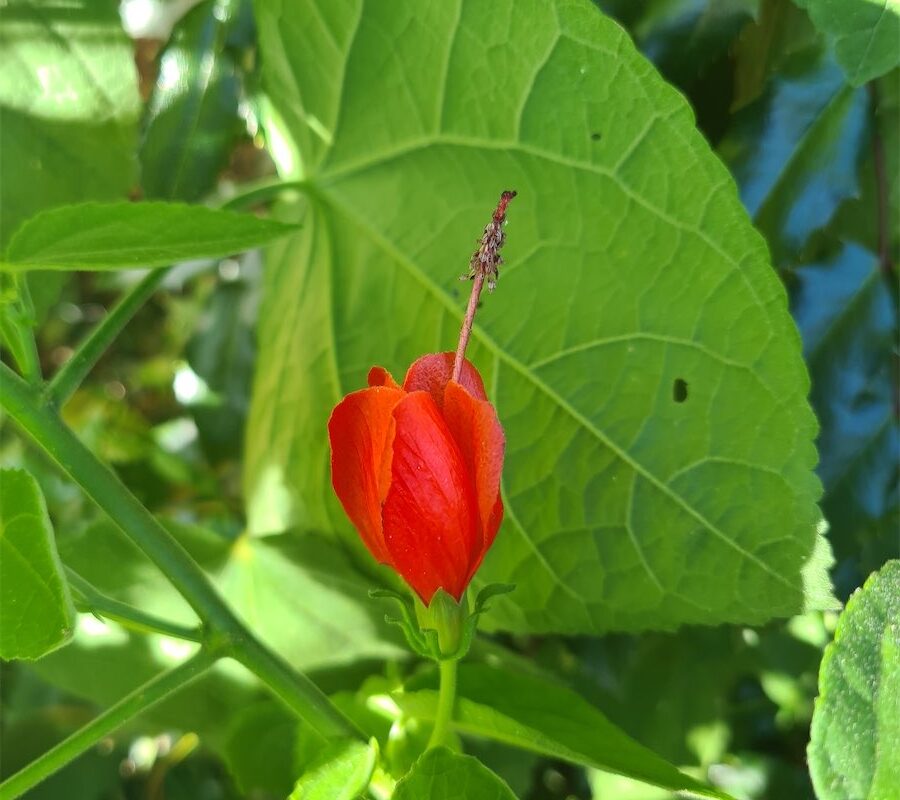
It’s the beginning of the summer fruiting trees, such as the stone fruits, nuts and mulberries, says gardening columnist JACKIE WARBURTON.
The mulberry is a fast-growing tree that fruits within its first few years and grows well in our climate.

Mulberries are deciduous and have buttery yellow leaves in autumn. It can be used as a feature tree in a weeping form or as a quick-growing shade tree.
It fruits on new growth, so pruning to keep it in shape needs to be done after harvesting and when the weather is still warm. This will maximise fruiting capacity the following year.
Sprinkle citrus food occasionally in autumn to get it growing strongly.
There are white, red and black varieties to choose from. The white mulberry (Morus alba) is the sweetest and the healthiest to eat from the garden. As a tree that grows to about eight metres tall and wide, it can be used for shade.
The red mulberry (Morus rubra) is bigger again, but unsuitable for suburbia.
That leaves the best choice, the black mulberry (Morus nigra). It comes in a dwarf form that grows to three metres and will fit comfortably in an orchard or as an ornamental tree in the garden.
Pick the fruit when it changes colour and is beginning to soften. The fruit won’t ripen after being picked from the tree. The first sign of the fruit being ripe is when the birds spot it!
Mulberries should be stored in the refrigerator in a shallow container. But wash them only before eating.
They can be frozen, used for cooking cakes, making jams, pies and muffins.
Ensure the fruit of black mulberries doesn’t fall on to paving or hard surfaces as it will leave dark purple stains that are hard to remove.
If space is tight, mulberry trees are also a terrific choice for an espalier tree along a wall.

IT’S time to clean out any water dishes for wildlife that is in the garden, such as shallow dishes for bees, deeper dishes for birds to drink and other dishes for birds to bathe in.
Refresh water at least once a week and the wildlife will come. Ponds also attract wildlife such as frogs and lizards. Planting around the edge of ponds and bog areas is vital for wildlife, too.
A tropical-looking plant to try is the giant Brazilian rhubarb (Gunnera manicata) tree. Only the shape of its leaves resemble the rhubarb family.
It is a beautiful plant that clump forms over time. The size of its leaves are more than a metre tall and look spectacular in a large setting.
I have tried several of these and found them tricky to keep alive outdoors in winter. I have one left, and it will be a potted glasshouse plant to survive the winter.
NOW the irises have finished flowering, they can be dug up and divided and replanted if their flowering in spring was sporadic. They can be divided with a sharp spade or, if loose enough, pulled apart by hand.
Remove spent flowering rhizomes, trim leaves 10-15 centimetres above the rhizome on an angle to prevent water getting into its centre. Replant lightly, covering with soil.
Jottings
- Deadhead lilacs after flowering.
- Plant autumn bulbs such as nerines, crocus and Sternbergias
- Blast aphids off trees with water from the hose.
- Continue to sow vegetable seeds for autumn cropping.
Who can be trusted?
In a world of spin and confusion, there’s never been a more important time to support independent journalism in Canberra.
If you trust our work online and want to enforce the power of independent voices, I invite you to make a small contribution.
Every dollar of support is invested back into our journalism to help keep citynews.com.au strong and free.
Thank you,
Ian Meikle, editor









Leave a Reply